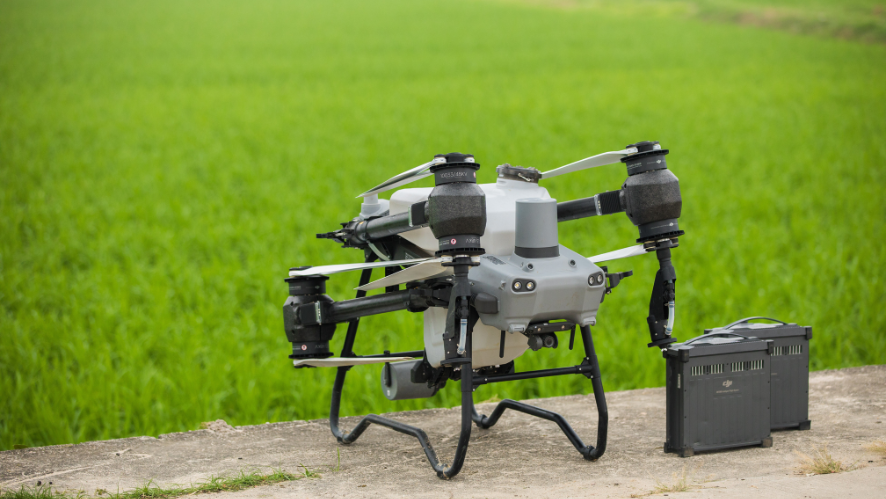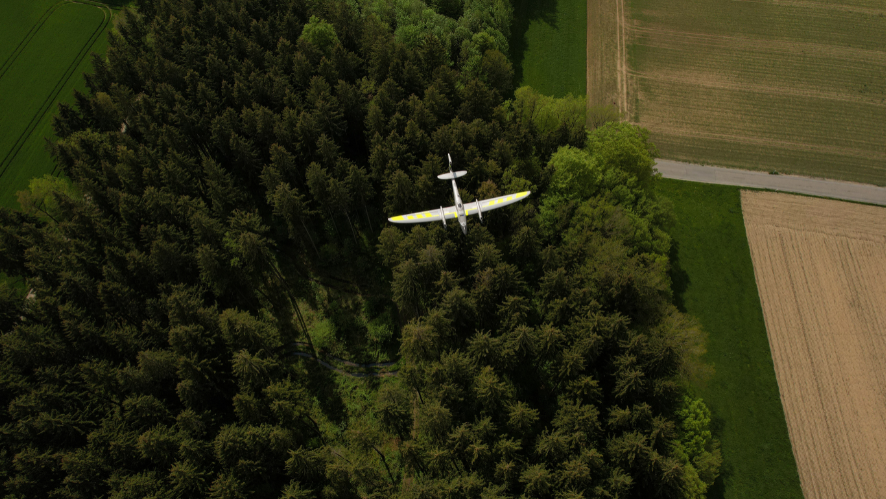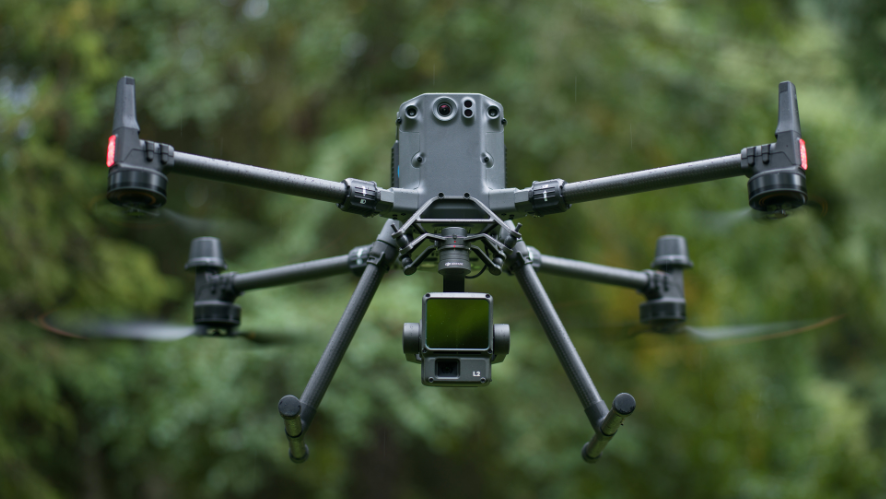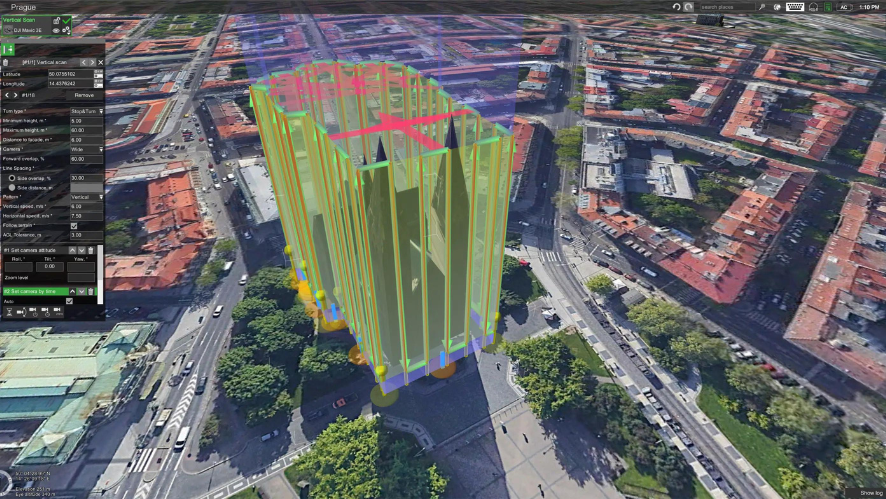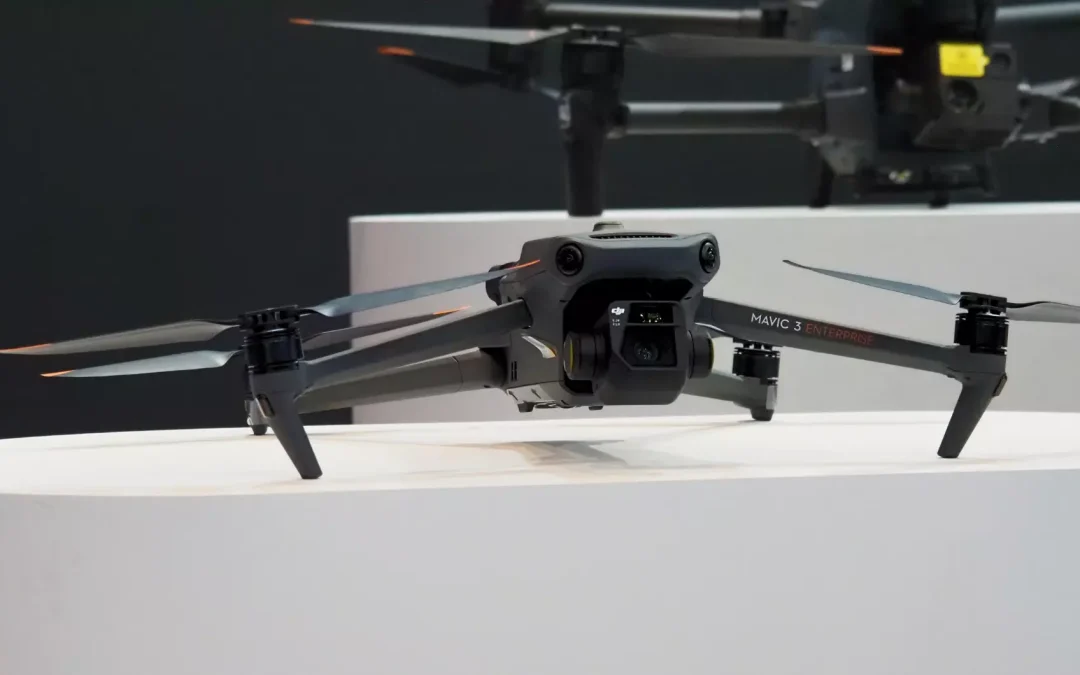DJI drones with C2 certification generally refer to unmanned aircraft manufactured by DJI that fall into class C2, as defined by aviation regulations. This identification label serves to inform authorities and individuals of the drone’s classification, which in turn helps determine applicable regulations and operational limitations.
In this article, we’ll look at DJI drones with a C2 classification and what to expect from the regulations in 2024.
What is the C2 classification?
The C2 classification indicates drones that are intended for operations with a higher level of risk or in more complex environments, which includes operations within the field of view (VLOS), except when flying in follow-me mode or when there is an observer of the unmanned aircraft, a take-off weight limit of 4kg and a maximum altitude of 120m. This classification is used for leisure operations, but is also used by professionals who need to get close to people, without the need for operational authorisation from ANAC.
For this category, the pilot is required to hold an A2 certificate of competency, issued by a Competent Authority of any European Union Member State, ANAC or any other. It is the pilot’s obligation to familiarise themselves with the UAS instruction manual, to hold a proof of completion of A1/A3 distance training and examination, to take an A3 subcategory self-training course, in accordance with the means of compliance published by EASA.
Remember that once you are in the specific category, the rules change to Standard Scenario or Operational Authorisation.
DJI drones with C2 classification
DJI offers a range of C2 class drones that cater for different needs and audiences. Below is a list of models that have this label.
| Model | Category |
| Mavic 3 Enterprise | Multirrotor |
| Mavic 3 Multiespectral | Multirrotor |
| Mavic 3T | Multirrotor |
| Matrice 30 | Multirrotor |
| Matrice 30T | Multirrotor |
Firmware update and C2 update
- To be C2 compliant, the first step is to update the drone’s firmware to version 7.1 via the DJI Pilot app.
- After the update, you must apply the C2 label in the pop-up that appears on the screen or access the service menu and follow the instructions for applying the label.
- In this step, you will be asked to fill in data such as product information and the delivery address.
- You must attach the C2 label to the drone. However, the process doesn’t end there, as for drones such as the Matrice 30 and Mavic 3, you’ll need to replace the propellers with low-noise versions to comply with C2.
- After attaching the label and replacing the propellers, the next step is to upload a photo of the drone as proof of compliance on the form to obtain the certificate.
- The certificate will be available in the DJI Pilot 2 app in approximately three working days. Make sure you download it and have it with you whenever you fly your drone.
Some points that should be emphasised are:
Low-noise propellers: As per step 4, it is necessary to purchase low-noise propellers that are sold separately from the drones. It is the pilot’s responsibility to purchase these propellers from a local dealer or authorised supplier.
Certification time: The C2 certification process to obtain the labels and certificates can vary in each case, so it is essential to plan ahead and be aware of the specific C2 certification requirements in your region.
In 2024, drones with an open category must be labelled as C0 to C4. The pilot must also have the necessary registration and competences. The operational restrictions are: you must not fly over uninvolved persons; maintain a horizontal distance of 30 metres from uninvolved persons (this can be reduced to 5 metres if the low speed function is activated); maintain a flight altitude below 120 metres above ground level.
These points emphasise the importance of considering the C2 certification aspect and the need for specific accessories, such as low-noise propellers, to operate drones effectively and within the applicable regulations. Planning ahead is key to ensuring compliance and successful drone operations. For more information on drone classifications, categories and subcategories, you can consult the following EASA and ANAC (Or your national aviation authority) websites, where you will find detailed information.







